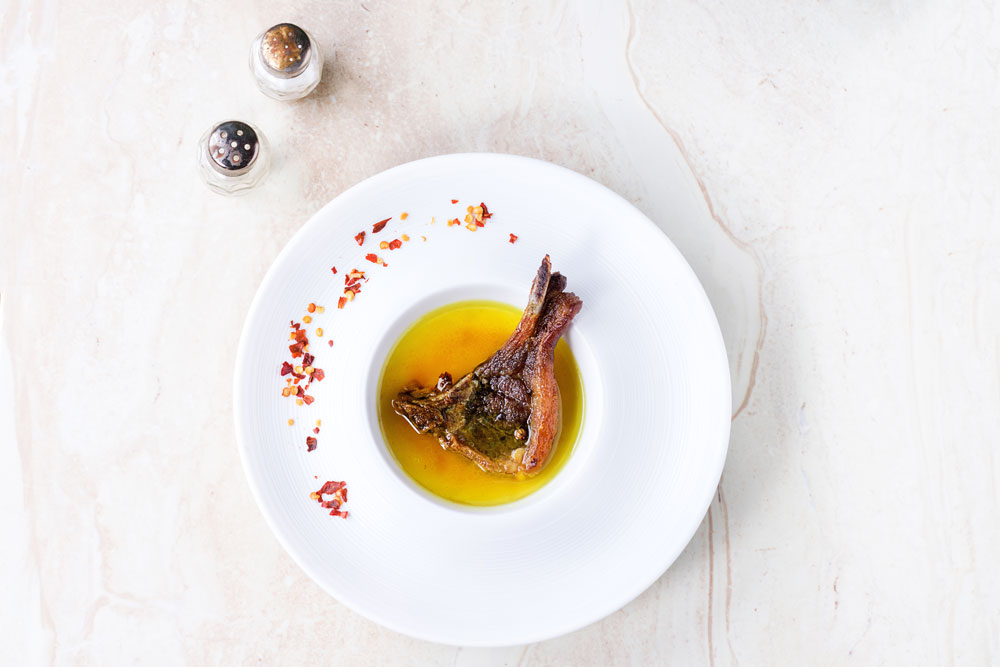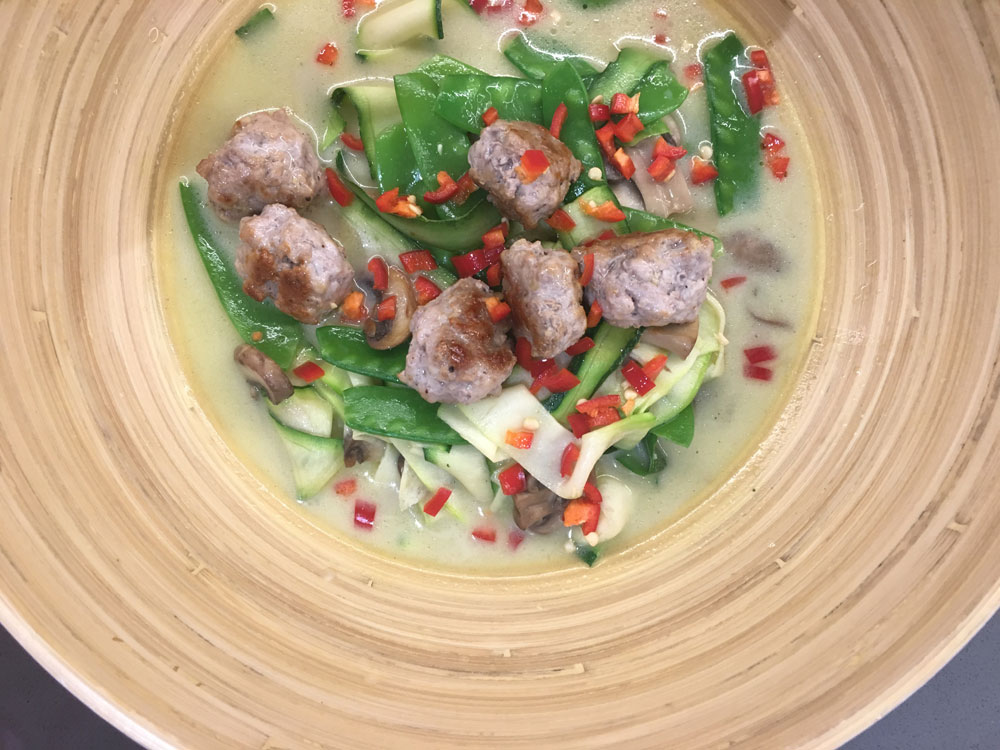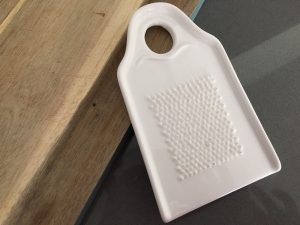 Lunch and Dinner
Lunch and Dinner
Deliciously Healing Bone Broth
When I lived in Malaysia for a while, there were a few things I missed, like my beloved bone broth. But now that I’m back in the UK and the weather is somewhat cooler, the bone broth has been made a comeback.
I love having a mug of bone broth, and I often also use my bone broth as a base for many of my meals. It gives depth to the taste of a meal – be it a soup-based dish, a gravy to go with the roast or something like a chilli. It’s also highly nutritious, and makes a comforting winter drink. There’s a reason grandma would put on a pot of homemade chicken soup when someone got sick. And it’s also good for the soul.
What’s more, bone broth is good for healing the gut. Hippocrates, the father of medicine, said, “All health begins in the gut,” and if nothing else, this is surely the reason to indulge in bone broth – apart from that it’s tastes so dang good, that is.
Why is our gut so important?
If you think about it, although our gut is inside our body, it’s exposed to the outside. Hence, it is a barrier between the outside world and the rest of our body. It also releases enzymes that help us digest our food and absorb nutrients. If we don’t keep our gut healthy, our digestion could be impaired and so could our ability to absorb those precious nutrients, which means that even if you’re eating all the right foods, you might not be getting benefit from them, because of a damaged or less than healthy gut lining.
Step up, bone broth.
Bone broth is packed full of vitamins and minerals such as magnesium, phosphorous and calcium. Then there’s collagen, gelatine, amino acids, and other compounds such as glucosamine. These nutrients help to keep our skin and hair looking amazing and our joints healthy, while also being healing to our gut. Add to that the immunity boosting properties of a good cup of broth and it’s no wonder this has been praised for centuries.
Bone broth is cooked for 12-24 hours. It’s this lengthy cooking time that draws out all the goodness from the bones. You can use the bones from chicken, turkey, pork or beef, even fish, and it’s best to use bones from organically raised or grass-fed animals to ensure the highest quality of nutrients possible.
Bone broth is ridiculously easy to make, especially if you use a slow-cooker and you can then pretty much set it and forget it – until it’s done. Here’s how.
How to Make Bone Broth
Put the bones into a large pot that has a lid, or into your slow cooker. Make sure that your pot or slow cooker can hold enough water to fully cover the bones by about a couple of inches. Fill with plenty of cold water. The more water you add, the more broth you’ll get in the end and leave an inch of gap at the top or you risk the liquid bubbling over.
Next, add a good splash of apple cider vinegar to the pot. This step is optional. If you don’t have the vinegar in your pantry, don’t worry about it. You can add a splash of red wine or white vinegar if you’d like. The vinegar helps get all the minerals out of the bones and into the broth.
As a variation and to add a different flavour to your broth, you could also throw in some vegetables – a carrot, a stick or two of celery, an onion or a leek. I often freeze my vegetable cut offs and use them when making my broth. Or flavour it with peppercorns and a bay leaf.
Cover the pot with the lid and crank up the heat until everything comes to a full boil, then reduce the heat to a simmer. If you’re using a slow cooker, set it on low. Cook your bone broth for a minimum of 12 hours.
If you’re using a pot, be sure to keep an eye on the water level and that there’s always plenty of liquid in your pot and that the bones are always covered.
Of course you don’t want to simmer the broth while you’re out of the house or sleeping. Start the broth in the morning on a day when you know you’ll be home. Simmer it all day until you’re ready to go to bed. Turn off the burner for the night, but keep the broth sitting on the stove. In the morning, bring the liquid back to a boil and continue simmering. After it has cooked for at least 12 hours, the broth is ready, woo hoo!
You’ll have a clear, richly coloured broth. You can either use it immediately or leave it to cool, and then strain the liquid into a mason jar or a kilner jar and store it in the fridge. After it’s been in the fridge for a few hours, you’ll notice that the broth takes on a jelly-like texture, which is exactly what you want. A layer of fat will form on the top – this is perfectly nutritious too.
Your broth will keep for several days in the fridge, or you can freeze it too and it’ll keep for a month. Enjoy and let me know how you get on with it.

